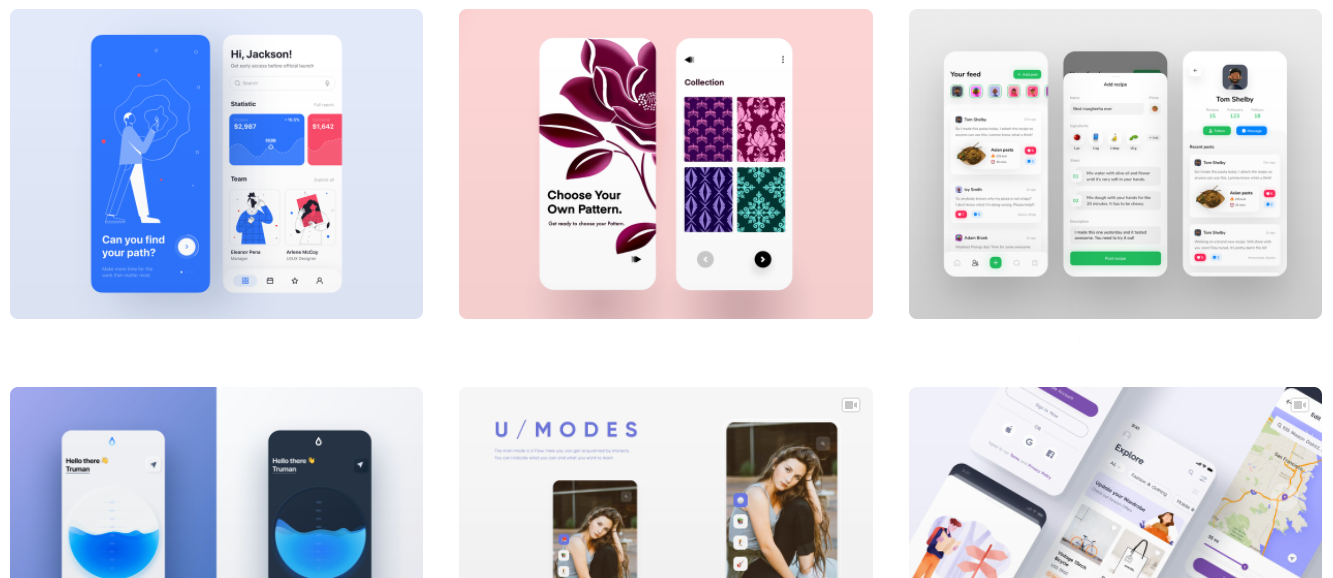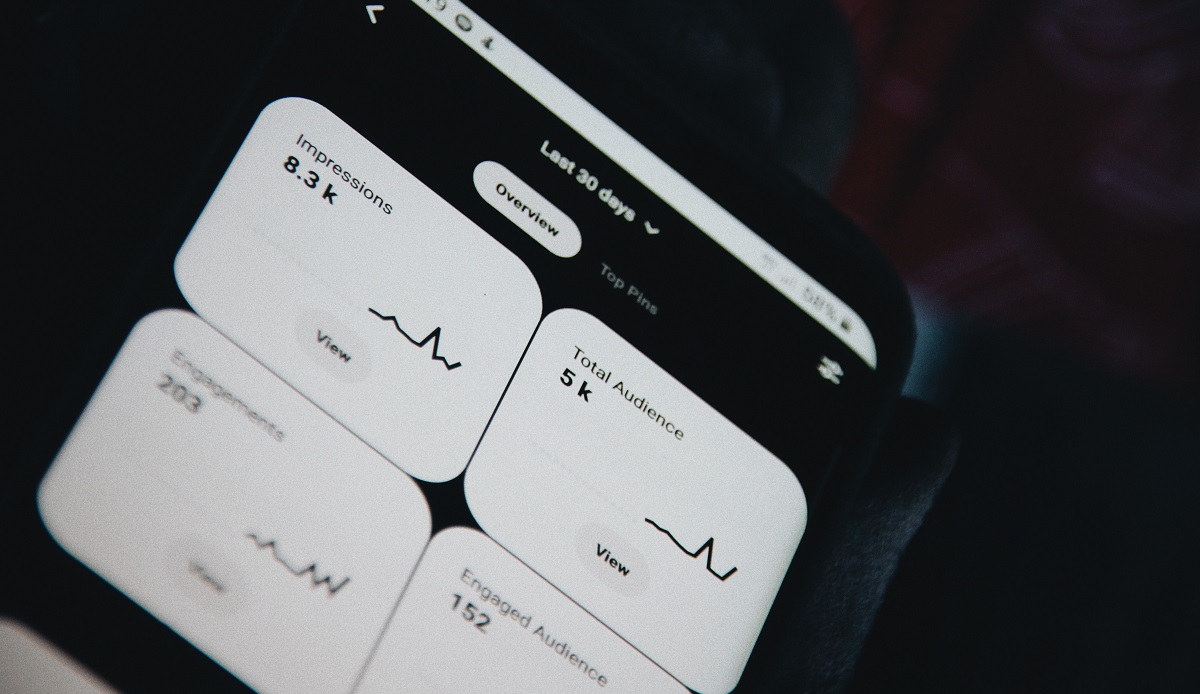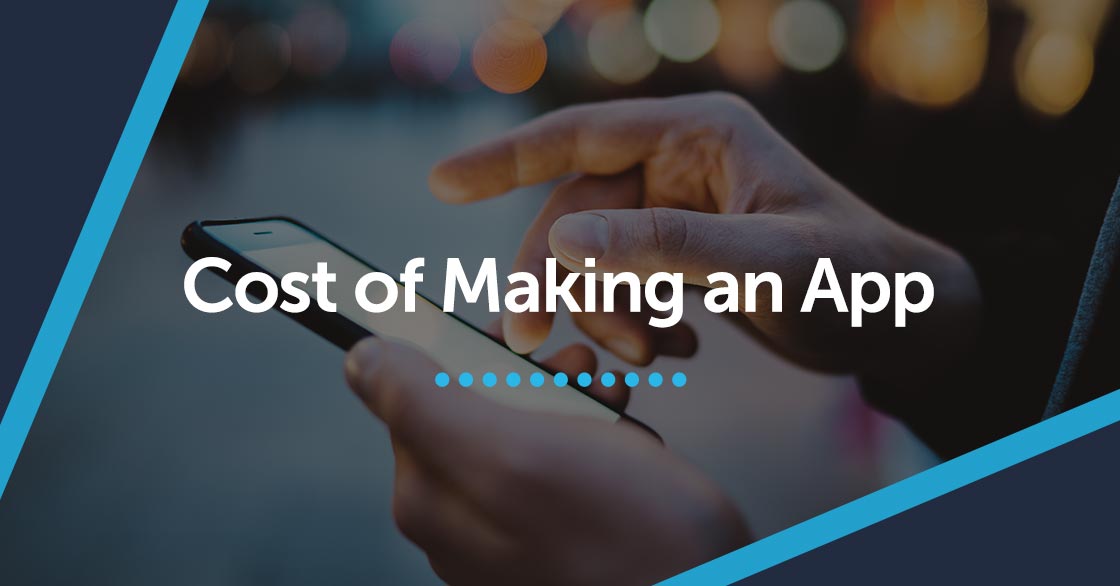The app user experience, or simply app UX, encompasses all aspects of the end-users interaction with the company, its services, such as mobile apps and products. Many apps are struggling to win over their customers and find the perfect balance to satisfy everyone’s needs and expectations.
According to CleverTap, an inadequate UX design is one of the top reasons for deleting an app. Those can include too many bugs, confusing user interface, too many features, unmet expectations, the list goes on.
How to get around that issue? The best idea is to frequently revisit your UX and see what changes you can do to improve it. Let’s dive deeper into the reasons why it is necessary to make adjustments in the UX following the latest trends.
App UX in Numbers
Unfortunately, UX design is often left aside as the least of someone’s concerns and focus. To show you the significance of app UX, here are some statistics that prove the impact UX has on customers.
- Research from Forrester shows that every $1 invested in UX results in a return of $100 (ROI = 9,900%)
- 39% of users will stop engaging with content if the loading time takes too long (we’re talking about seconds here)
- 88% of users are less likely to return to a website after a bad user experience
- 91% of dissatisfied customers who don’t complain leave without any proper feedback for improvement
- Only 55% of companies run user experience tests
It’s 2021, and we use our mobile phones for everything — checking the weather, setting meetings, ordering food, and even as TV remotes! All of these activities extend our time spent using our phones up to almost 3.7 hours per day! Also, because users aged 18–24 spend an average of 3.2 hours in apps, it’s essential to keep your app up to date with all the UX hacks possible.
The top reasons for changing a good UX
New Features
The first and most critical item on our list is adding (or removing) features. It’s necessary to reconsider the importance of each function and how it relates to the overall experience. If the feature is vital, it’s necessary to change the way users use the app. If the feature in question is secondary, consider incorporating it into an already organized UX.
When adding additional functionality, remember to communicate it to your users and instruct them on how to use it so that there’s no idling in the app, potentially leading to dissatisfaction and aimless searches for relevant information.
Also, this way, you will encourage them to start using new features and improve their user experience. Provide added value to your system by having a list of all updates and new features that were added to your system.
Write a short explanation of the changes or how-to-use paragraph. Users will appreciate things being organized and presented to them promptly, keeping them up to date with all they need to know.
With any product, it is not enough to just introduce it and explain its features. Think of explaining why you added that feature and even more importantly, why and how users benefit from those features.
System Changes
Sometimes changes aren’t needed because of hardware improvements, but because of operating system changes at the software level. Adding new features for example might result in a malfunctioning user experience so adjustments are needed.
Also, using applications from other platforms and operating systems can lead to the necessary UX changes.
User Feedback
A successful UX is a result of thorough testing and tweaking the smallest details. Finding out what to improve is fast and easy. Ask your users and get their feedback on their satisfaction, features’ quality, and overall app performance.
The insights you derive from the user feedback are valuable as they identify when to change something and what exactly to change. You don’t change something for yourself but your end-users so they should have the final say. Of course, sometimes their suggestions will not be acceptable or feasible but it is on you to decide.
Just make it easy for users to give you their feedback — this is also part of a good app UX. Ask them for feedback through push notifications or e-mails. Encourage them to leave comments and reviews on social media, to talk about their experiences. Nothing is more credible than a personal experience.
You should also check your app reviews in the app stores, as these often have valuable user feedback that can help you. No matter where you search for feedback, always have in mind that no matter whether the feedback is positive or negative, you can draw a useful piece of information from it.
User testing
There is always the chance that your current UX is not a product of systematic testing. Maybe you skipped a few steps, rushed development, or didn’t have the resources to conduct proper user testing. Whatever the reason, any later user test that you do will undoubtedly result in an impulse to change the UX.
That doesn’t have to necessarily be a bad thing. It’s all for the betterment of your app’s UX.
Whether you do it while developing the app or later on, user testing will always provide the most accurate input on what to change in the app’s UX, so make sure not to skip it. Make it easy for them to communicate with you if they see a problem with your product.
If you are still in the development phase, that is great. You can develop a minimum viable product and give it directly to users. An MVP has all the necessary components and features for an app to work properly but it also tests UI, UX, and app functionality.
Observe how the test users interact with the app and how they handle it. Investing in the MVP is cost-effective in the long run as it can accurately show you the changes that needed to be done before the end of the development process. That saves you money and time in the long run. Unless your app is perfect from the start but is there such a thing?
A/B testing will give you an indication of how one parameter affects the whole. You will be able to see cause and effect relationships between individual variables and choose the best options for your app UX.

Useful Ideas for App UX Improvement
If you are rethinking your UX, here are some ideas on how to make positive changes and what you should pay attention to.
Microinteractions
Many of our everyday interactions with computer systems fall under the umbrella of micro-interactions. These provide feedback to the user, often by conveying the system status or helping users prevent errors.
What are they?
Microinteractions are contained product moments that revolve around a single use case — they have one main task. Every time you change a setting, sync your data or devices, set an alarm, pick a password, log in, set a status message, or favorite or “like” something, you are engaging with a microinteraction.
Microinteractions consist out of four elements:
- Triggers initiate microinteractions. Triggers are either user-initiated, or system initiated, meaning the system automatically initiated them as some sort of requirement has been met.
- Rules determine what happens once an interaction is triggered
- Feedback is anything a user sees, hears, or feels while a microinteraction is happening
- Loops and modes determine the meta-rules of the microinteraction. What happens to a microinteraction when conditions change.
As microinteractions cover only small tasks (the name says it all), there is obviously a lot they can do. Some of their functions may be the following:
- They improve a website navigation
- Make the interaction with a website easier
- Provide instant feedback on the competition of an action
- They give tips to your users
- Encourage user engagement through liking, commenting on, and sharing your content
- They direct users’ attention
- Make your site more emotional
Attention to detail is what makes a difference. Well-designed microinteractions are a clear sign of caring for a user. They give positive feelings about your brand and influence users’ actions, often without people even realizing why.
This one would be apt for waiting for your website to load, right?
Voice-based technology
While we all may not ask our phone for the nearest restaurant, many people do. Not only that, opening settings, image galleries, writing messages, and similar activities are increasingly becoming possible through voice commands, with more and more people adopting this functionality.
Why is it a trend? Using voice commands is easier than scrolling and even writing a message! What else makes this technology great?
- In education, speech recognition is used to help people with physical disabilities access content or to improve learning second languages
- The financial sector is already developing pilot programs to allow users to carry out voice-activated transactions and payments to third parties
- Today, it is possible to identify some illnesses and diseases only by using the tone of the patient’s voice
- By the end of 2018, 2.5 billion voice assistants were already in use. This number is expected to triple to 8 billion by 2023
Wow, right?!
According to a report, 1 in 4 adults in the US owns a smart speaker today, while one-third of the US population uses voice search features.
Let’s be clear, there is always another side to the coin. Voice-based technology has some drawbacks as well.
The biggest possible issue users might have is the misinterpretation of words and sounds. The software might not catch up on the context or simply what the person said if their speech was not as clear. Thought, thorough, tough, tough, taught… even humans get lost in these, so we should not be as hard on the technology if it gets confused as well.
The other possible issue is the inability to send voice commands to devices in public spaces due to noise, or lack of privacy in public spaces.
Onboarding and tutorials
People often stay on one platform or technology instead of going to another, perhaps even a better one, because transitioning means a lot of hours spent understanding a new environment and learning how to work in it.
The onboarding process is essential in every way — when hiring, coming into a new space, and when using any new, complex application.
User onboarding UX is a process that starts the moment the user gets into your app, website, tool, or product. Onboarding is more than just tutorials. It ensures that users can use your products without any errors.
About 63% of customers report that the onboarding experience affects their decision to make purchases.
There are several onboarding UX patterns that designers use according to the type of product and any specific needs. These include walkthroughs, hotspots, guides, and tutorials.
“You never get a second chance to make a first impression,” goes the old but true adage, so creating a video tutorial or simplifying documentation can be a big deal for your users.
Storytelling
Stories improve brand awareness and help users identify with a given brand. Because stories can trigger a spectrum of emotions, they are powerful communication tools that stay much longer in users’ minds rather than bullet points or other comms. When creating a story, it is essential to have a beginning, middle, and end.
Create a story about how your app (or product) solves your users’ problems and tell them in a new, creative way.
When storytelling, it is imperative to be clear and understand the higher purpose of why you are doing what you are doing. As Simon Sinek once said, “People don’t buy what you do; they buy why you do it.”
Storytelling is a great technique to reach users on an emotional level and build empathy. Designers often create personas that re-create situations in customers’ journeys and experiences with the product.
The persona often faces difficulties or conflicts they solve with your product. Crafting such stories and scenarios helps to understand the customers better.
Buttonless Design
If you use Instagram or Tinder, you are (probably) already a big fan of this. Buttonless design in smartphones and tablets has led to a trend of gesture-driven UI design in mobile applications.
Also, simple design is a component of the buttonless tendency that makes native gestures more popular. Because of this, it’s essential to teach users how to work with the interface and make a buttonless site intuitively clear for any user.
With so many different options available to us, it’s now possible to forget about using typical rectangular buttons for users to interact with. With today’s technology, we can create completely new interfaces that can:
- save time
- prevent errors and mistakes
- compensate for any accidental actions
How to do it? The best way is to communicate using UX (yes, Storytelling!).

The Takeaway
There is no right or wrong time to rethink your app’s UX. You should always strive to make it optimal and the best it can be for your users. Still, there are certain situations in your app’s lifecycle when you cannot and should not ignore the need to change it, because if you don’t, you may end up with a sub-par UX that will turn users away.



